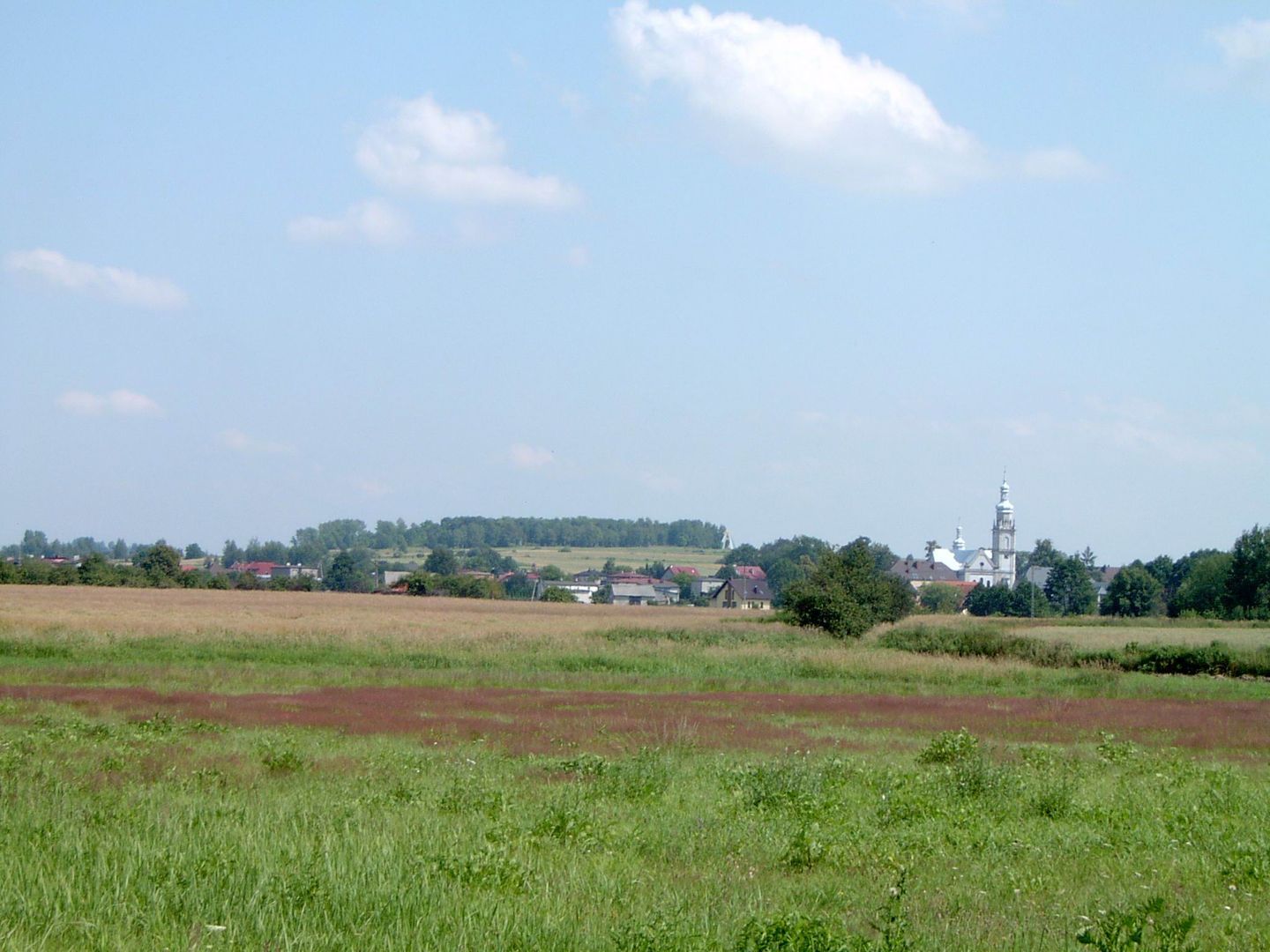Chełm Śląski
6.41

Overview
Chełm Śląski, located in the Silesian Voivodeship, is a village with a rich history dating back to the Middle Ages. Formerly known as Chełm, the settlement appears in documents from the years 1470–1480 under the Latinized name Chelm, and its current name was introduced in 1966. Historically, Chełm Śląski was part of various administrative units, and since 1994 it has been the seat of its own municipality. Geographically, the village lies on the Jaworzno Hills, with the highest elevation being Chełmska Góra (284.6 meters above sea level) and the Dziećkowice Reservoir, which serves as a source of drinking water. The cultural heritage of Chełm Śląski includes the Parish Church of the Holy Trinity and numerous roadside crosses that reflect the history of the locality. The village's economy has historically been tied to the coal industry; as early as the 1840s, hard coal mining began here, and several mines operated in the region, including "Simonsseegen" and "Chełm." Industrial development plans led to the establishment of various plants, including the "FAWENT" Fan Factory, which started operations in 1951 and remains one of the major employers in the region. Chełm Śląski is not only an industrial area but also a place of significant natural value, such as the Przemsza Valley, which requires protection due to its cultural and ecological importance. With its numerous points of interest and historical industrial sites, the village serves as an intriguing example of the socio-economic transformations taking place in the Upper Silesia region.
Location
2025 Wizytor | All Rights Reserved